GD&TĐ Newspaper discussed with Mr. Truong Anh Dung - Director of the Department of Vocational Education and Continuing Education ( Ministry of Education and Training ) to clarify important contents related to this new point.
Integration according to career logic
- Can you tell me what are the differences between vocational high school and high school?
- According to Unesco's International Classification of Education (ISCED 2011), the post-secondary education program will follow two main directions, ranked at level 3 of ISCED:
General secondary education aims to develop learners' general knowledge, skills and abilities to lay the foundation for lifelong learning.
Vocational secondary education prepares students for employment in a particular profession or field, leading to qualifications relevant to the labour market, and the possibility of further study at higher levels (Tertiary education).
We see that in many countries with developed education systems in the world such as Germany, France, Finland, China, Malaysia... there are initiatives on vocational secondary school programs after junior high school, which are programs that combine academic and career paths to provide opportunities for learners to have more diverse learning paths at high school level to pursue their chosen career and flexibly meet the needs of the emerging labor market.
- So what problem does the regulation on vocational secondary schools in the draft Law on Vocational Education (amended) aim to solve?
- Firstly, the regulation on vocational secondary education in the Law on Vocational Education (amended) aims to institutionalize the Party's policy on promoting career guidance and streamlining after junior high school, both studying general education and vocational training right at vocational education institutions; at the same time, creating opportunities for qualified learners to study at higher levels in appropriate majors, occupations, and specialized fields and meeting lifelong learning requirements.
Second, equip students with the necessary general knowledge to be able to receive, adapt and master technology in the context of the 4th industrial revolution, meeting the human resource needs of the new era of the country; at the same time, overcome the shortcomings in intermediate training for junior high school graduates according to the current 9+ program.
Third, standardize the education system according to international education standards.
Vocational secondary education program is an integrated program between core general cultural knowledge and professional expertise, implemented in 3 years of study, for those who have completed the secondary education program to complete the general education level, while equipping learners with professional expertise at the elementary level.
The advantage of the vocational secondary school program compared to the current secondary school program is that general knowledge and vocational skills are no longer separated but are integrated according to professional logic. The more comprehensive educational program makes it easier to evaluate results based on performance capacity, instead of traditional subjects.

It is possible to organize a separate graduation exam for vocational high schools.
- What solutions do we have to ensure vocational secondary schools are equivalent but different from high schools, sir?
- First of all, regarding the program, the Ministry of Education and Training will issue vocational secondary school program standards by industry and occupation. In particular, it stipulates requirements on output and input standards, minimum learning volume, structure and content, assessment, and program implementation conditions to ensure educational quality. Based on program standards, vocational training institutions will develop detailed programs.
Regarding the teaching staff, it is necessary to prepare a team with enough capacity to design and teach integrated programs, connecting cultural knowledge with practical applications in practice workshops.
Regarding the high school graduation exam, because vocational high school and high school are two different types of education in terms of training objectives and content, although both can be considered as post-secondary education levels, the graduation assessment by a common exam (even with improvements) still cannot accurately measure vocational high school students' technical skills, procedural thinking and ability to work with real machinery and equipment.
A separate exam will assess both know-why - fundamental knowledge and know-how - practical skills, providing a more comprehensive and fair picture of competence for vocational secondary school learners.
The Ministry of Education and Training will issue regulations on vocational high school graduation exams and organize national capacity assessment exams to both assess basic general education and assess vocational capacity according to combinations.
Regarding diplomas, students who pass the vocational high school graduation exam will be awarded a vocational high school diploma to enter the labor market immediately or as a basis for further study at college or university in appropriate fields of study.
When there are clear curriculum standards, a team of teachers with the capacity to design and teach integrated programs, and learning outcomes are measured by a suitable exam, vocational secondary school is identified as a level of education equivalent to high school in terms of educational level, but the difference is that vocational secondary school graduates have the professional capacity to immediately enter the labor market.
- Thank you for the conversation!
Vocational secondary school is a level of education parallel to high school, for students who have graduated from junior high school, conducted in 3 years of study, aiming to complete general education level, at the same time equipping learners with the ability to perform and solve tasks in stable conditions and familiar environments of the industry and profession; have the ability to be creative, apply modern techniques and technology to work, work independently and work in groups.
Source: https://giaoducthoidai.vn/trung-hoc-nghe-hoc-van-hoa-ren-ky-nang-mo-loi-nghe-nghiep-post752129.html





![[Photo] Dan Mountain Ginseng, a precious gift from nature to Kinh Bac land](/_next/image?url=https%3A%2F%2Fvphoto.vietnam.vn%2Fthumb%2F1200x675%2Fvietnam%2Fresource%2FIMAGE%2F2025%2F11%2F30%2F1764493588163_ndo_br_anh-longform-jpg.webp&w=3840&q=75)


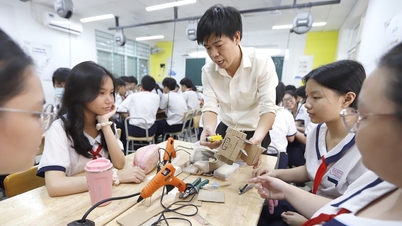



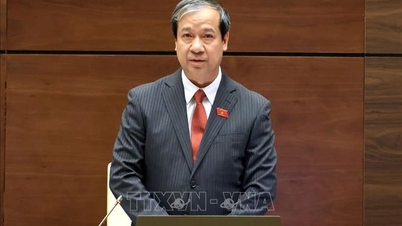


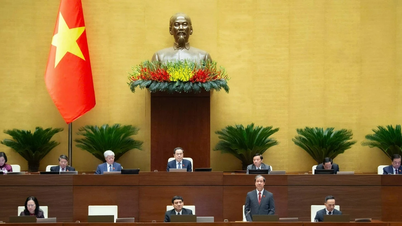





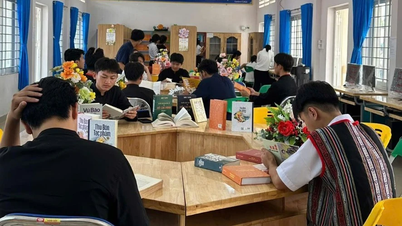
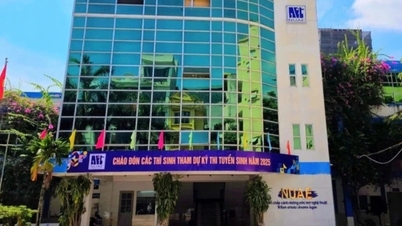









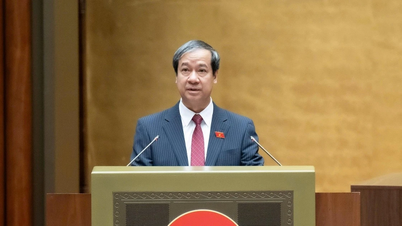
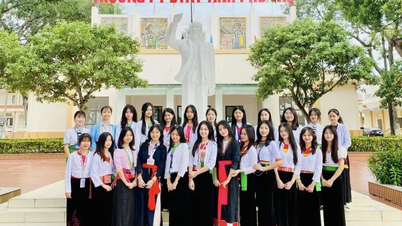

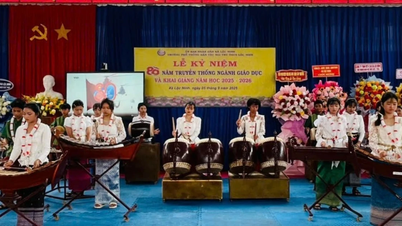






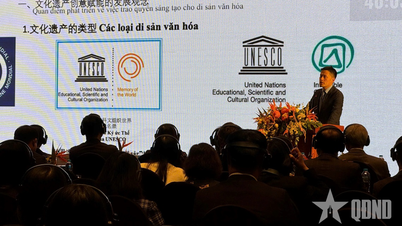

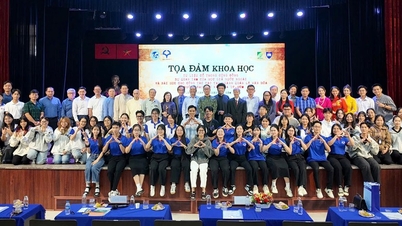

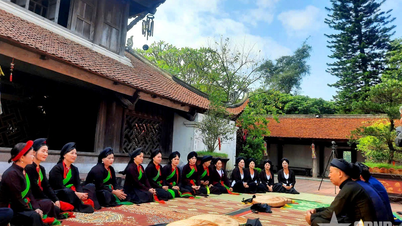
























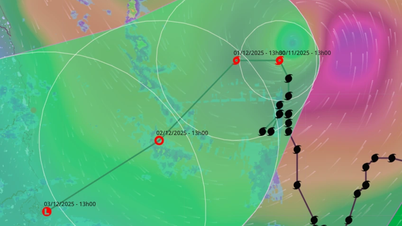
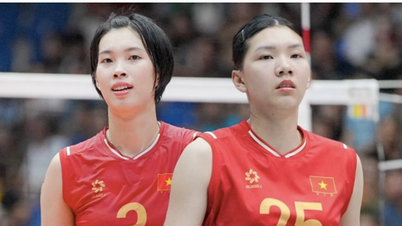

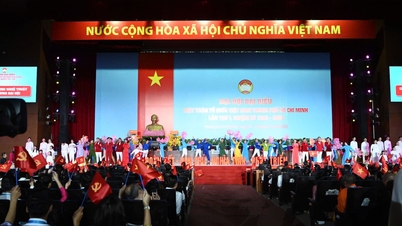



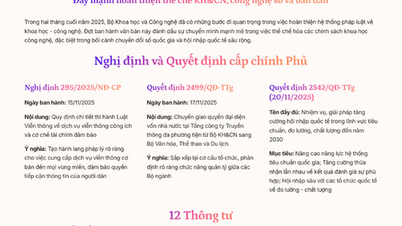






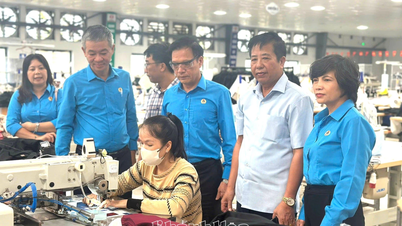


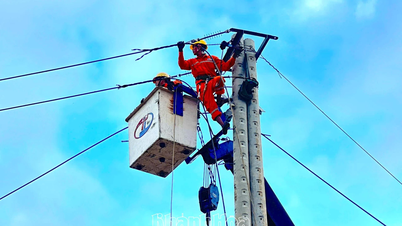




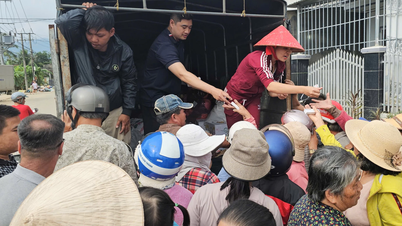









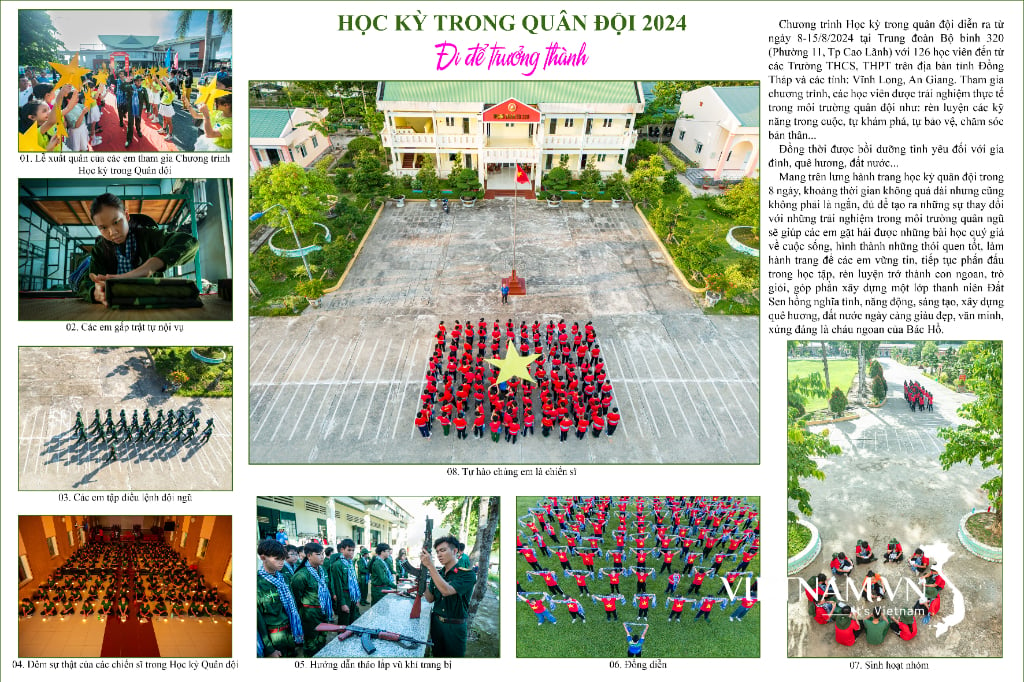


Comment (0)